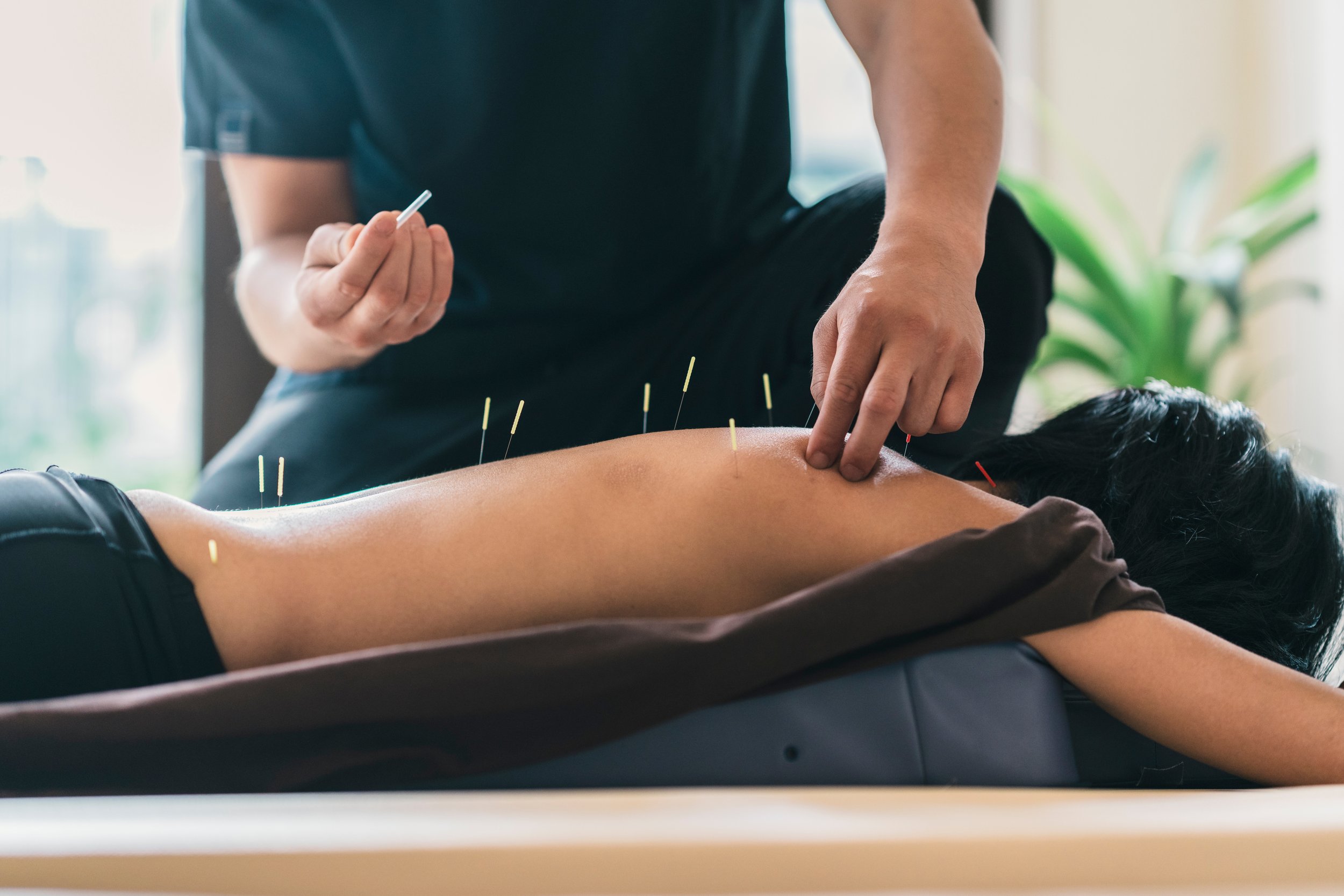Understanding Pain Through the Lens of Acupuncture and Classical Chinese Medicine
Pain, a universal human experience, is interpreted in profoundly unique ways across different medical traditions. Classical Chinese Medicine (CCM) offers a rich, nuanced perspective on pain, viewing it not merely as a physical symptom but as a manifestation of deeper imbalances within the body’s energetic and physiological systems. Below we will explore the classical Chinese view of pain and how acupuncture, one of its central therapeutic modalities, is utilized to alleviate pain and restore harmony.
The Classical Chinese Perspective on Pain
In CCM, pain is intricately linked to the heart and is seen as a result of obstruction within the body's pathways. The Yellow Emperor's Classic, a foundational text in Chinese medicine, states, "All pain with itch and sores belongs to the heart," indicating that the heart plays a central role in processing and perceiving pain. This connection is not just physiological but also symbolic, reflecting the intertwined nature of emotional and physical states.
Obstruction and Pain:
Pain is often understood as a consequence of obstruction in the flow of Qi (vital energy) and blood within the body’s meridians. The classical texts explain, "because there is obstruction there is pain; obstruction causes pain." These blockages can occur due to various reasons, including trauma, emotional stress, or pathogenic factors like cold.
Cold and Pain:
The Chinese characters for pain, such as "tong" (痛) and "teng" (疼), embed the concept of cold. This linguistic detail highlights a significant etiological factor in CCM: cold-induced blockages. The ancient texts, such as the "Treatise on Pain" in the Plain Questions, consistently associate pain with the presence of cold Qi, which leads to stagnation and discomfort.
Syndrome Differentiation:
One of the strengths of CCM is its emphasis on syndrome differentiation. Pain is not treated as a generic symptom but is carefully analyzed to identify its underlying cause. For example, pain associated with Shaoyang disorder is addressed by resolving Qi and blood obstruction in the Shaoyang meridian. This precise identification and targeted treatment are fundamental to the efficacy of CCM.
Philosophical and Cultural Context:
The language and philosophy of CCM integrate pain within a broader cultural and symbolic framework. Terms like "tongxin" (痛心) for heartache and "xintong" (心痛) for distress directly link emotional and physical pain to the heart, reflecting the holistic view that CCM adopts towards human health.
The Role of Acupuncture in Pain Management
Acupuncture, a cornerstone of CCM, is a powerful modality for managing and treating pain. It works on several levels to restore balance and alleviate discomfort:
Regulating Qi and Blood Flow:
Acupuncture aims to regulate the flow of Qi and blood within the meridians. Pain, often seen as a result of stagnation or obstruction, can be relieved by inserting needles at specific acupuncture points to clear these blockages, promoting smooth and free movement of Qi and blood.
Balancing Yin and Yang:
Restoring the balance between Yin and Yang is crucial in CCM. Imbalances in these fundamental forces can lead to pain and disease. Acupuncture harmonizes these energies, reducing pain and promoting overall health.
Targeted Treatment of Specific Syndromes:
Pain management through acupuncture is highly individualized. By accurately diagnosing the specific syndrome causing the pain, practitioners can tailor their approach, ensuring effective treatment. For instance, acupuncture can address Shaoyang-related pain by targeting points that resolve Qi and blood obstruction in the Shaoyang meridian.
Alleviating Cold-Induced Pain:
Given the strong link between cold and pain in CCM, acupuncture often incorporates techniques to introduce warmth and improve circulation. This approach helps to alleviate pain caused by cold-induced blockages in the meridians.
Emotional and Physical Integration:
Acupuncture also addresses the emotional aspects of pain. The heart's central role in perceiving pain means that emotional well-being is crucial. Acupuncture points related to emotional health can help reduce pain by calming the mind and alleviating stress.
Complementary Modalities:
In practice, acupuncture is often combined with other CCM therapies like herbal medicine, moxibustion, and physical therapies. This integrative approach enhances the overall effectiveness of pain management strategies.
Conclusion
Classical Chinese Medicine offers a deeply holistic and comprehensive approach to understanding and treating pain. By viewing pain as a manifestation of deeper imbalances and obstructions within the body, and by utilizing acupuncture to restore harmony, CCM provides effective and nuanced pain management. Through regulating Qi and blood flow, balancing Yin and Yang, addressing specific syndromes, and integrating emotional and physical health, acupuncture and CCM offer profound insights and solutions for alleviating pain and promoting well-being.


